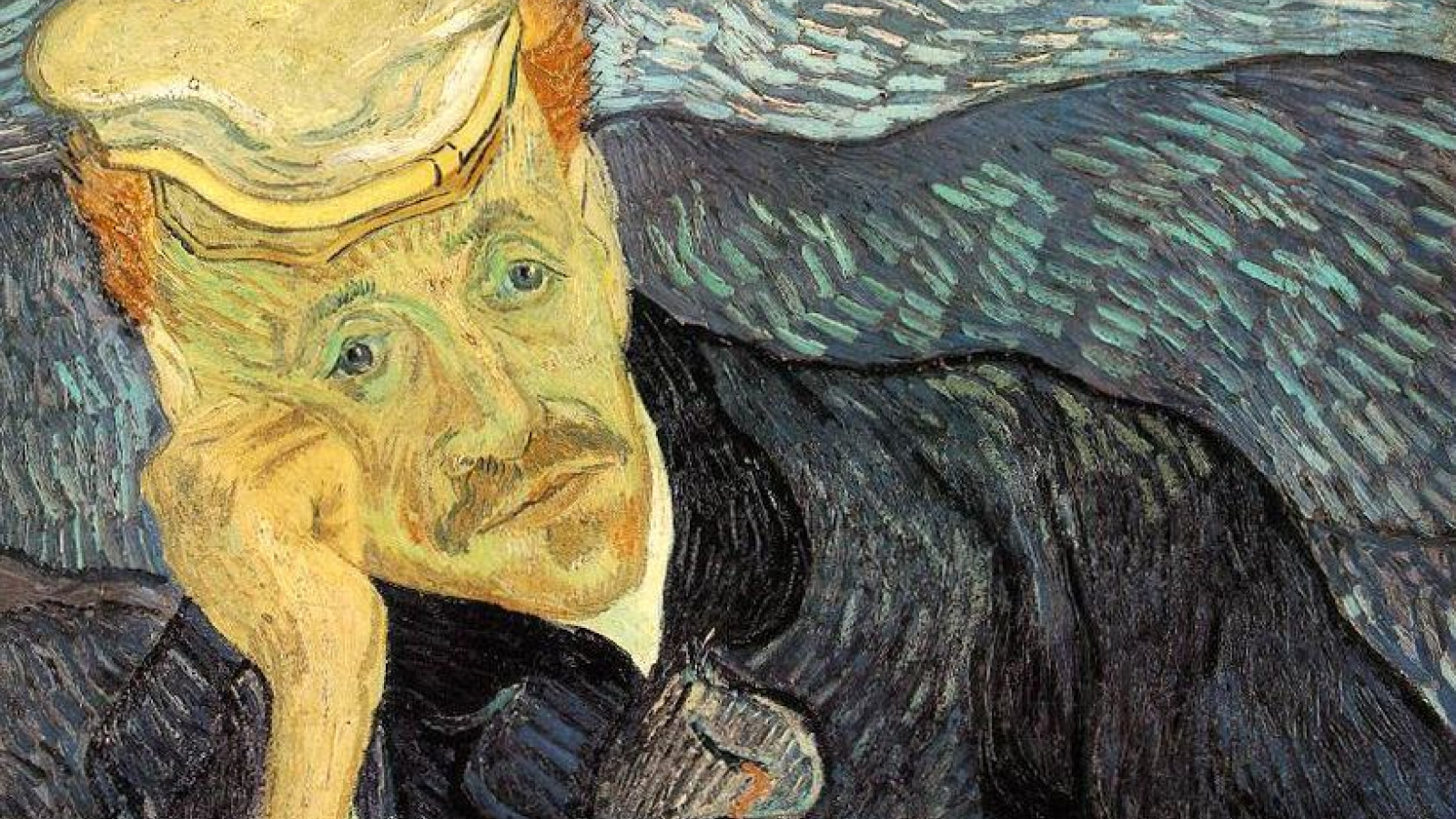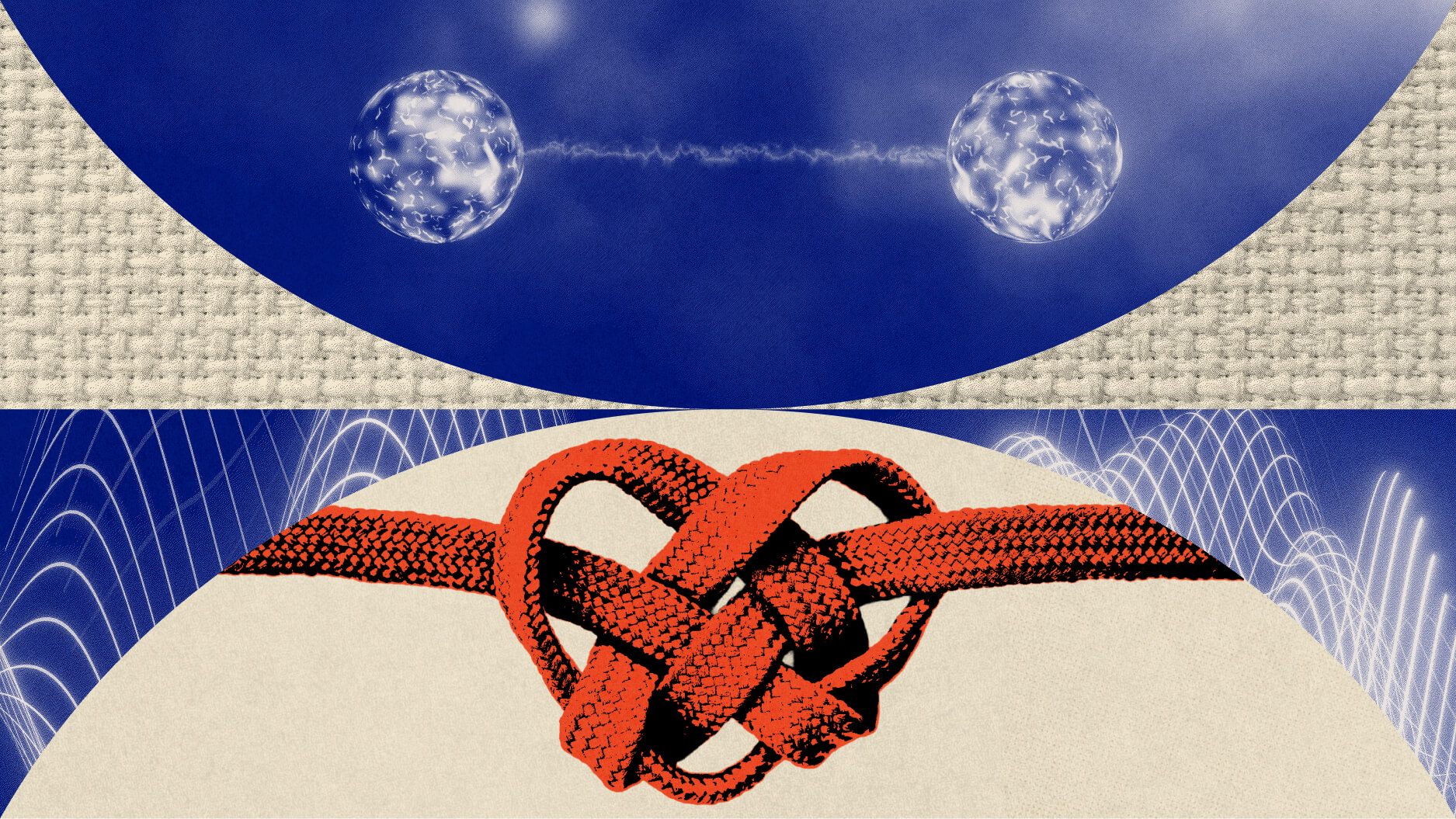Ingrid Fetell Lee: I think one of the reasons we don't feel joy as much as we might like is because we have a culture in which joy is judged often as frivolous, as childish, as superficial. And its interesting to think about where this actually comes from. It has pretty deep roots in our culture.
So if you look in 1810 Goethe wrote in his Theory of Color that savage nations, uneducated people, and children typically prefer bright colors whereas people of refinement avoid color in their dress and try to banish color from the objects about them. And what happens in this equation is that were seeing the equivalency between savage nations, so uncivilized people, primitiveness, a lack of sophistication or education and children. And those are being equated to the sort of aesthetics, the tangible manifestations of joy in our culture. And when you look at the roots of this a lot of it stems from colonialism. So you had a bunch of Europeans getting on boats going around the world trying to conquer other peoples and when they found these sort of uninhibited displays of emotion, when they found festivals and dancing and drumming and colorful dwellings and outfits they felt a need to distance themselves from those behaviors.
And so what happened was European culture became more and more emotionally repressed as a result. So we had to get rid of the color in our surroundings because that was uncivilized. We had to get rid of our sort of exuberant and playful displays. And you actually see this when in certain colonies when settlers would arrive they would bring their pretty raucous festivalsI mean Carnival originated in Europe and it was a pretty raucous festival there. They would bring it to these colonies like In Trinidad and Tobago, for example. And then once they got there they realized the had to stop visibly celebrating and they started having formal balls instead of, you know, wild celebrations, because that made the seem too close to the natives. And so joy became repressed within our culture, and in its place we got this sense of seriousness that this is what is valued. And that became reflected in our aesthetic culture as well.
Over the past few years the dominant aesthetic has been an aesthetic of minimalism. And we've been encouraged to sort of simplify and strip back our possessions in our homes and sort of get to very simple gray, beige interiors.
And in a way this has been described as sort of reaction to all of the overstimulation thats going on in our devices, that it sort of helps us relax. But, in fact, what we find is that minimalist interiors actually can be very stressful. That when you look at our sort of natural love of abundance and lushness and textures and sensation, when you actually deprive us of sensations we go a little bit crazy. And a study I love that sort of explores this had a bunch of people sitting in a room, and all they had to entertain themselves was a machine that gave electric shocks. And after only a few minutes of sitting alone in a bare, unadorned room they started giving themselves quite painful electric shocks rather than sit without any stimulation. So the brain seeks and craves stimulation.
And when it doesn't have that it will sort of seek it out even in ways that maybe aren't so adaptive.
A real world example where you can see this craving for abundance sort of overwhelming the modernist desire for minimalism happened in the planned city of Brasilia. So the city was planned out, it was designed as a truly modern city with sort of uniform blocks of buildings that all looked alike and were very simple and modern and orderly in their design. And what happened as people began to move into these buildings was that they started to miss their old, cramped, abundant way of living. And they started to build new suburbs on the outskirts of Brasilia and they started to bring back their markets and their kiosks and all of the things that made life feel more rich and abundant back into the city.
Early on in my study of joy I learned about an architect early on in my study of joy I learned about an artist named Arakawa and a poet named Madeline Gins who believed that the dull gray boxes that we often live in in the modern world were actually killing us.
And so they set out to create a set of apartments that they believed would reverse aging. And they called this the Reversible Destiny Lofts. And the basic theory is that our bodies are sort of lulled, our senses are lulled into kind of a stupor by living in these buildings that have sort of flat floors and neutral surfaces, and that we need to sort of shake up our senses more often. And so they created these apartments. They have sloping floors. They feel like they have these like goosebumps over their surface that almost look like dimples on the skin of a giant. Thats sort of the way that I describe them. And when you walk through this apartment you find that you have to kind of hold on to the edges to make sure you don't fall over. So its constantly testing your balance. Fortunately instead of having regular furniture there are just poles everywhere to help you sort of navigate your way around the place.
And all of the rooms are a little bit different than traditional rooms. So instead of having just normal rectangular shaped rooms they have a sphere as one of the rooms, theres a cylinder, the bathroom is a cylinder and its sort of lying on its side so you have to scramble over this floor to get to the bathroom. And everything is painted in dozens of different colors.
So this is a little much for everyday life but its a really interesting experience in having your senses tested. And what I found isI came back out into the world, I was a little bit worried that I would find that everything else looked kind of dull by comparison. But, in fact, it sort of fires up your senses and wakes them all back up again. You come back out into the world almost more attuned to your surroundings than when you left.





